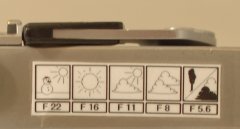Keith
The best camera is one that still works!
Just in case anyone forgets ... I can still email the files if you ask! 🙂
http://www.rangefinderforum.com/forums/showthread.php?t=34642
http://www.rangefinderforum.com/forums/showthread.php?t=34642


